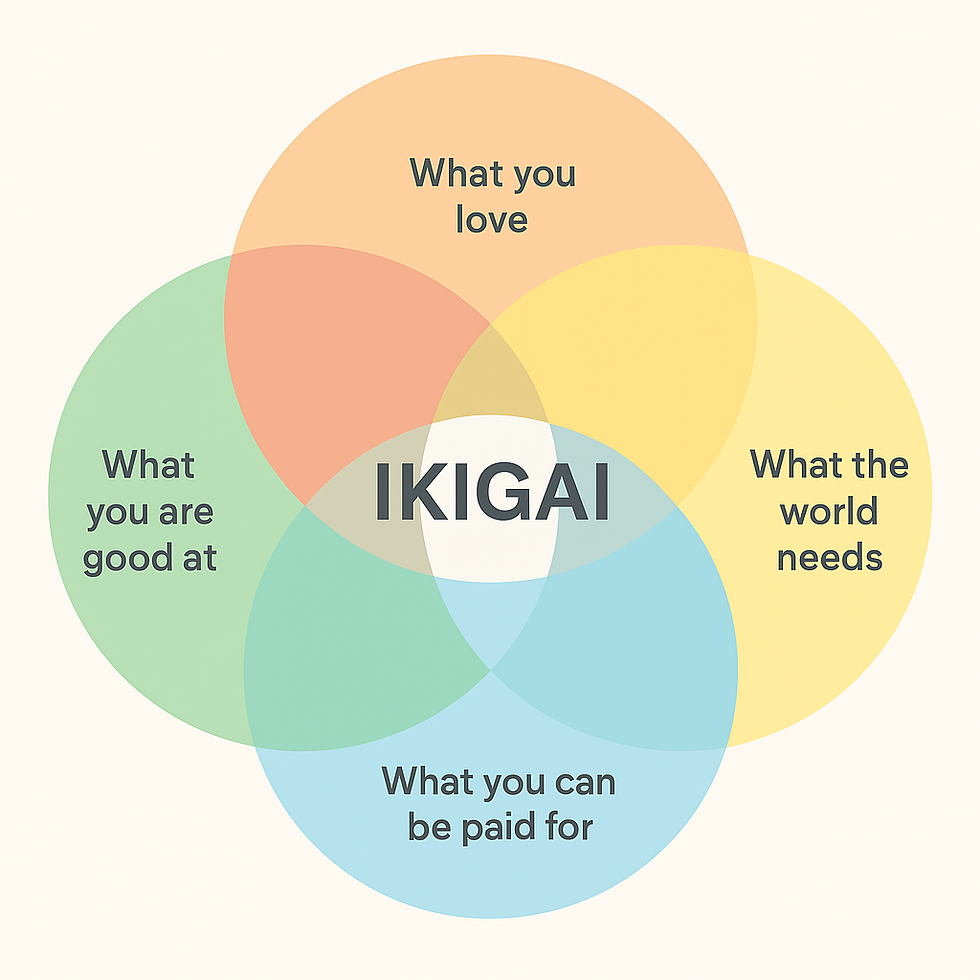Creativity and Intellectual Property Rights: Safeguarding Innovation and Indigenous Knowledge
- Rajesh A. M., IFS

- Jul 27
- 3 min read

Creativity and Intellectual Property Rights: Safeguarding Innovation and Indigenous Knowledge. In today’s knowledge-driven economy, creativity, innovation, and intellectual property rights (IPR) play a vital role in fostering development, protecting indigenous wisdom, and boosting economic growth. Whether it's a new invention, an innovative process, or traditional
knowledge passed down through generations, the value of intellectual property is immense. India's legal framework, including the IPR Policy 2016, aims to empower creators, inventors, farmers, and indigenous communities by safeguarding their rights. For states like Manipur, rich in biodiversity, culture, and traditional wisdom, understanding and utilizing IPR can be a game-changer for sustainable socio-economic progress.
Understanding Creativity, Invention, and Innovation
Though often used interchangeably, creativity, invention, and innovation have distinct meanings:
Creativity is a subjective mental process that gives birth to new ideas.
Invention is the creation of something entirely new—a product or process that didn’t exist before (e.g., synthetic diamonds).
Innovation involves improving or adding value to an existing product or process (e.g., the evolution from CRT to OLED TVs).
When these ideas materialize into tangible outcomes, they become eligible for protection under various types of Intellectual Property Rights.
India’s IPR Framework and Types of Protection
India follows the guidelines of TRIPS (Trade-Related Aspects of Intellectual Property Rights) and its own sui generis system to recognize and protect intellectual assets. Major categories of IPR include:
Patent (for new inventions or processes)
Design (visual appearance of an object)
Trademark (logos, brand names)
Geographical Indications (GI) (products linked to specific regions)
Copyright (literary, artistic, musical works)
Semiconductor Integrated Circuit Layout Design
Plant Variety Protection (for breeders and farmers under the PPVFR Act, 2001)
These rights give creators legal control over the use of their intellectual output and encourage innovation.
What Can Be Patented and What Cannot
Patents are granted only to inventions that are new, non-obvious, and industrially applicable. However, several exclusions apply:
Natural laws, scientific theories, discoveries
Methods of agriculture/horticulture
Surgical or medical procedures
Mathematical methods, business models, algorithms
Aesthetic creations (covered under copyright)
Atomic energy-related inventions
In India, only products and processes can be patented—not ideas themselves.
Traditional Knowledge and Biopiracy: A Manipur Perspective
Manipur, like many indigenous regions, is rich in Indigenous Traditional Knowledge (ITK) related to agriculture, biodiversity, herbal medicine, food, and crafts. However, this undocumented knowledge is vulnerable to biopiracy—where outsiders exploit it without consent or compensation. Famous examples include patents on turmeric for wound healing and neem for its fungicidal properties, both revoked due to India’s documented traditional use.
To safeguard such knowledge, the Traditional Knowledge Digital Library (TKDL), a joint initiative by CSIR and Ministry of AYUSH, serves as a repository of digitized ITK, especially in Indian systems of medicine.
Protecting Farmer Rights and Biodiversity
The Protection of Plant Variety and Farmers Rights Act (PPVFR Act), 2001 offers a sui generis system to protect farmers and community breeders. For example, if a farmer in Manipur develops a unique black aromatic rice variety, it can be registered as a Farmers’ Variety without any fees.
Recognizing and rewarding such grassroots innovation is essential for biodiversity conservation, food security, and rural development.
The Way Forward
For India—and especially for culturally rich states like Manipur—documenting, respecting, and protecting intellectual property is crucial. By building awareness and strengthening local ecosystems for innovation, we can ensure creators and communities receive the recognition and economic benefits they deserve.







Comments